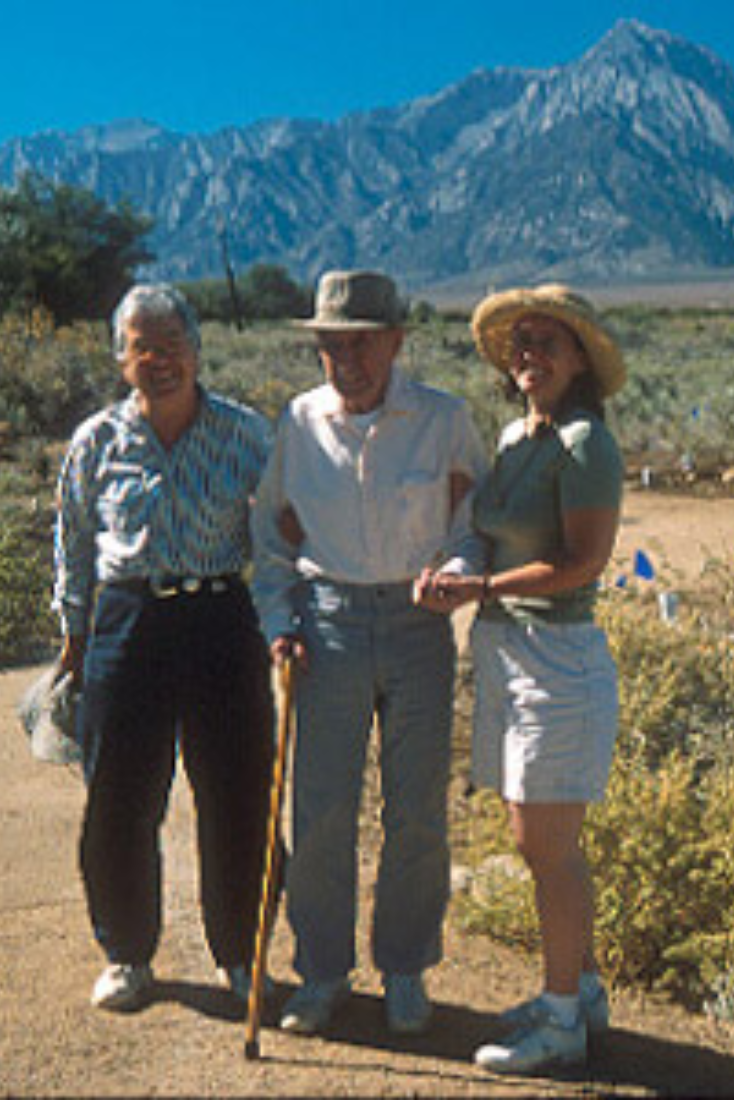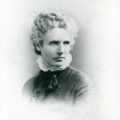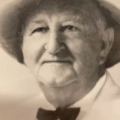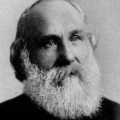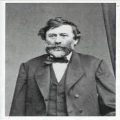Mary Dedecker
Golden Bunches of Shrubs
On the 4th of July in 1976, a very hot day to go hiking, botanist Mary Dedecker made her way back to a spot in the desert of California where she had discovered a new plant earlier in June of that same year.
When DeDecker reached the shrub, she was stunned. She remembers seeing the plants in full bloom - a gold profusion - and fondly recalled,“It was just golden. All over the dark cliffs, these golden bunches of this shrub.”
Mary and her husband, Paul, lived in Independence for over five decades. Paul's job brought them to the town. Mary remembered, "It was a different world up here. My husband would fish in the Alpine lakes of the High Sierra, and I would sketch and make notes on plants. There was virtually no literature on the flora of the eastern Sierra."
Mary and Paul's DeDeckera shrub became the only species in the brand new Dedeckera genus, which was the first newly discovered genus in California in almost three decades. The DeDecker's shrub, the Dedeckera eurekensis, is a member of the buckwheat family and is commonly referred to as July gold. It's a rare plant and is only found in California's Inyo and White Mountains. These mountains are remote, but they were well-known by Paul and Mary, who loved to explore the desert and found it utterly enchanting. They lived to see the naming of Dedeckera Canyon, which was a unique honor. Believe it or not, there is a rule that geographic locations cannot be named after living people. In this case, the canyon was officially named after the Dedeckera plant genus named for Mary and Paul - but it clearly honored the couple all the same. It was a sneaky way to get around the rules.
As a little girl, Mary learned to garden from her dad, who encouraged her to grow things. Her training as a botanist and her love of nature gave her the drive to search the desert floor on countless hikes in order to collect and catalog over 6,000 plant species.
It's no wonder then that Mary successfully fought to preserve the Eureka Dunes, which are adjacent to the northwest corner of Death Valley. In Mary's lifetime, she was able to stop off-road vehicles from destroying the dunes. Regarding her three-decades-long fight, she said,
“It was terribly frustrating. I was sick as I went out and watched [off-road vehicle users] tear up the place, spinning out the plants and seedlings, destroying animal habitats. They would be all over the dunes having the time of their lives, so unaware of the damage to the delicate and unique ecosystems. . . ."
Much of her work involved researching the flowers of the dunes. Thanks to Mary, the Dunes became part of the over 500 nationally recognized natural landmarks in the United States.
Mary DeDecker witnessed many impressive desert blooms during her lifetime. The beauty of the desert and the miraculous desert plant life never failed to hold her attention. Among her many published works, Mary was perfectly suited to write two books on California's desert flora. Today young botanists may be surprised to learn that Mary never received any formal training. Yet, Mary credited the help of countless botanists and the desert itself as her teachers. Through her devotion and fieldwork, Mary came to be regarded as one of the nation's top experts on plants of the northern Mojave Desert and Owens Valley.
There is an interesting side note to Mary's story. In 1945, while on one of her desert hikes, Mary discovered the remains of a Japanese-American named Matsumura who had left the internment camp at Manzanar to go fishing with friends. He had been missing for one month when Mary discovered him. Authorities buried him in that spot, and then slowly, the world forgot about his resting place. For decades, people attempted to relocate his burial spot without any luck. His grave remained lost to time until it was re-discovered in 2019.
This post was featured onThe Daily Gardener podcast:
helping gardeners find their roots,
one story at a time
